Timeline of Indian History: Cultural, Political, and People
Because of the cultures and civilizations that have lived on this subcontinent, many people, including foreigners, are interested in Indian history. India's history can be examined under the headings of politics, culture, religion, or economics. For that reason, we will help you to study the country on a deeper level.
In this article, we will define and explore the timeline of Indian History. Let us have a deeper dive into the cultural and political aspects of India. For that, let us now start this knowledge-based article to learn more.

- Part 1. Who Was the First Ruler of India
- Part 2. Indian Current Status
- Part 3. How to Make an India History Timeline using MindOnMap
- Part 4.FAQs about Indian History Timeline
Part 1. Who Was the First Ruler of India
Who was India's first monarch? You already know the answer if you've heard of Chandragupta Maurya. Chandragupta Maurya was India's first monarch. One of the biggest empires in ancient India was the Maurya Empire, which he founded. He subjugated a large portion of modern-day Bangladesh, Pakistan, and India. Chandragupta was an excellent administrator and military leader.
Around 340 BC, Chandragupta Maurya was born in Patliputra, Magadh, which is today part of Bihar. With the assistance of a skilled Brahmin named Chanakya and a renowned economist, scholar, and philosopher, he established the Maurya Dynasty in Magadh when he was just 20 years old.
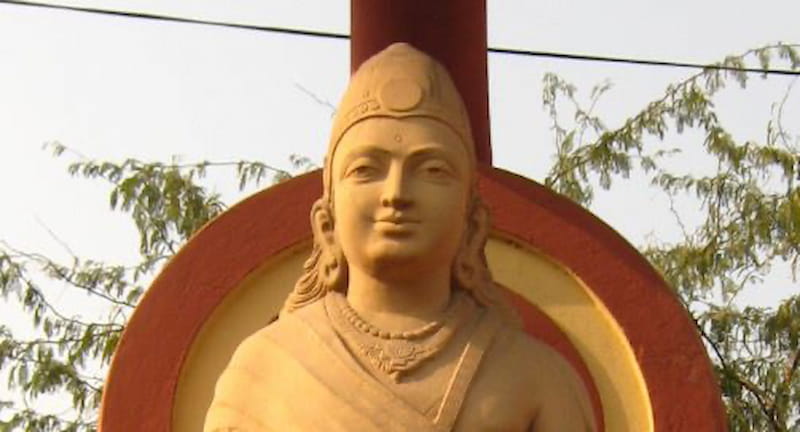
Part 2. Indian Current Status
India's political and cultural landscape is undergoing rapid transformation as of November 2024, with both opportunities and challenges. However, if you need to see a clear vision of the Indian history timeline, then you can click this hyperlink or go to the next part of this article.
Indian Culture
India is using Buddhism, in particular, to strengthen cultural diplomacy by utilizing its rich legacy. Through the hosting of international Buddhist summits and the promotion of cultural contacts throughout Asia, the government has incorporated Buddhist ideas into its "Act East" program. In line with its goal of regional cooperation and peace, initiatives like the restoration of Buddhist cultural sites and relic exhibitions have bolstered India's soft power in the area.
Classical languages and cultural identities are receiving more attention at home, as seen by the acceptance of Pali as a classical language. These actions highlight initiatives to modernize India's global cultural outreach while preserving and honoring its long-standing customs.
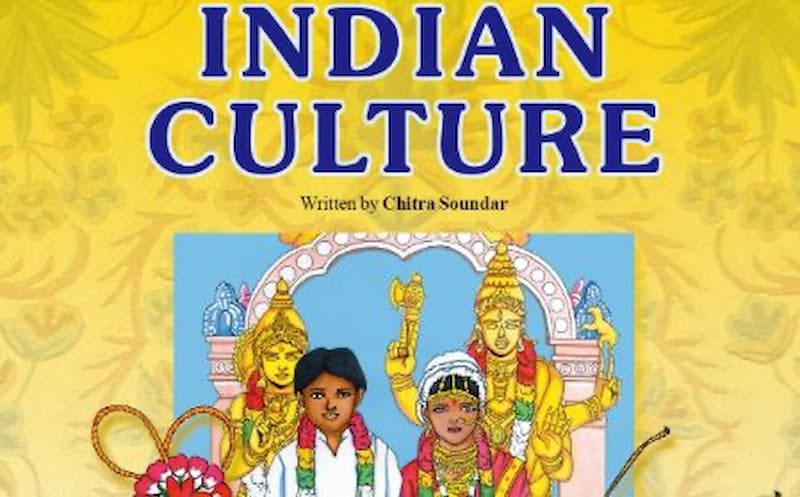
Indian Political System
India is facing serious democracy and governance issues on the political front. Instances of dissent repression and media scrutiny have put pressure on civil freedoms and freedom of expression. Prominent instances involving journalists, activists, and political rivals raise questions about the use of the judicial system to silence dissent.
With discussions on the fairness and openness of electoral finance through instruments like electoral bonds, the economic and political sway of large corporations over policy continues to be a crucial concern. Furthermore, the Manipur conflict and other regional and ethnic problems, as well as more general issues with state accountability and governance, are contributing to India's increasingly polarized political discourse.
India's cultural diplomacy is flourishing, but the political climate poses difficult problems that call for striking a balance between democratic principles and progress objectives. If you want to discuss any of these subjects in further detail, please let me know!
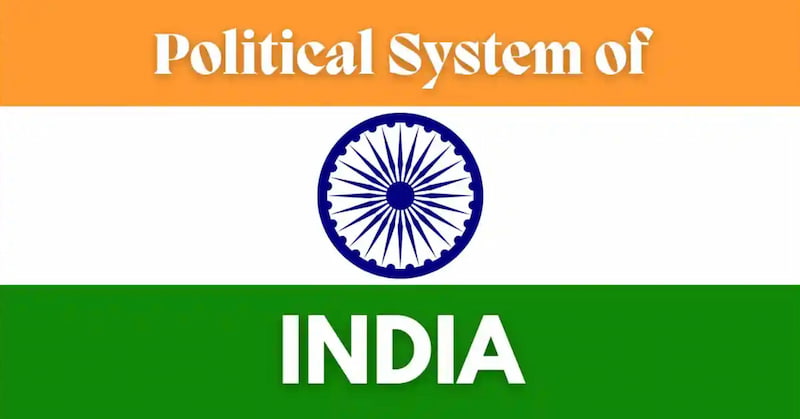
Part 3. How to Make an India History Timeline using MindOnMap
With all of the details we have learned above. We can see that India's history is very rich with stories. There are more things to discover about the country. For that, one of the best things to do is create an Indian history timeline. This way can help us present more details about Indian history simply and effectively.
Good thing that we have a great tool called MindOnMap that offers everything we need to create a timeline with amazing elements in a simple. In line with that, we are here to guide you on how we can make the process easier. See the simple steps we need to take below.
Open the incredible tool of MindOnMap on your computer. From there, please click the New button and access the Flowchart feature that can help us make an Indian History timeline with ease.
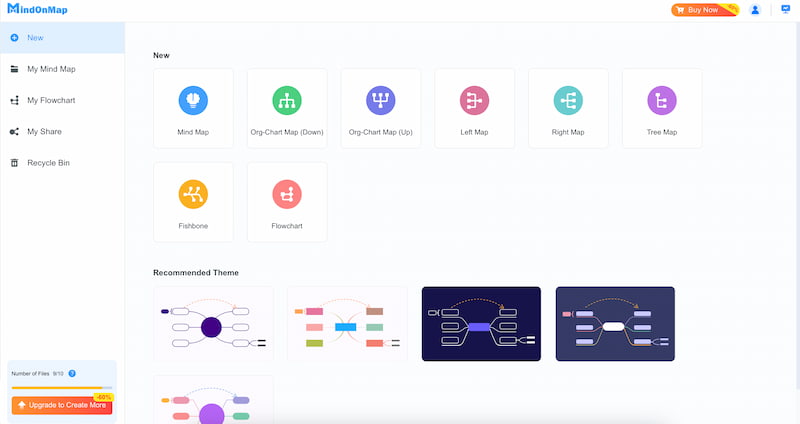
Now, modify the Central Topic in line with your topic of Indian History. From there, you can now add Shapes and other elements. The number of elements you will add will depend on the information you need for your timeline. Ensure that you ready information about the Indian History timeline, and filter the important details.
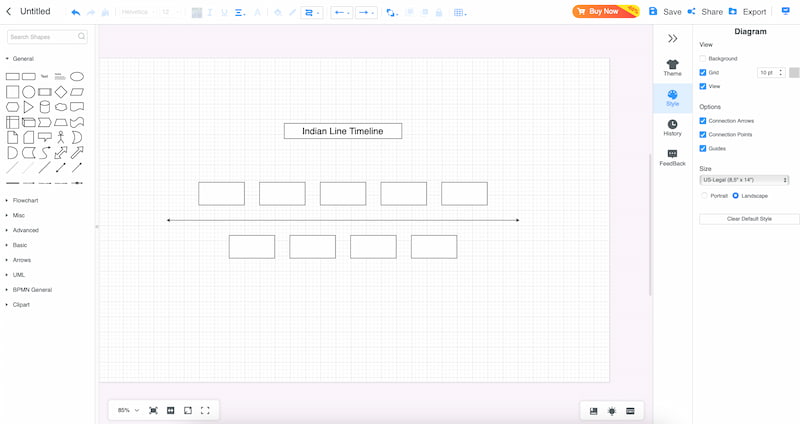
You can now add the information about the timeline History of India via adding a Text to each elements you have added.
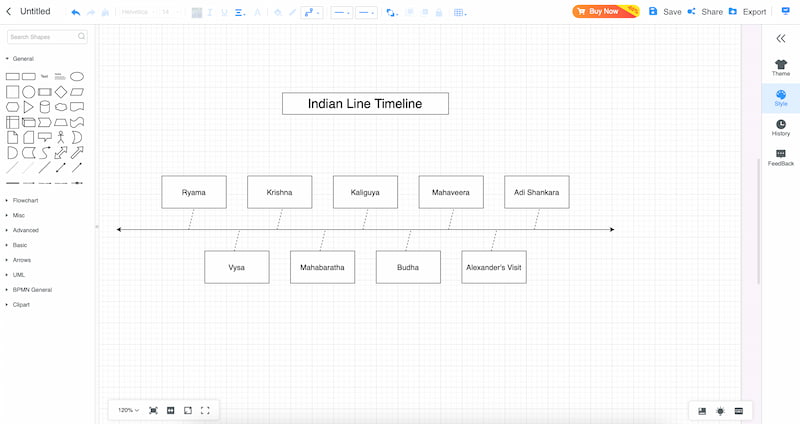
After that, you can customize the total look of your timeline by choosing your Theme. After that, you can now click the Export button and choose your preferred file format.
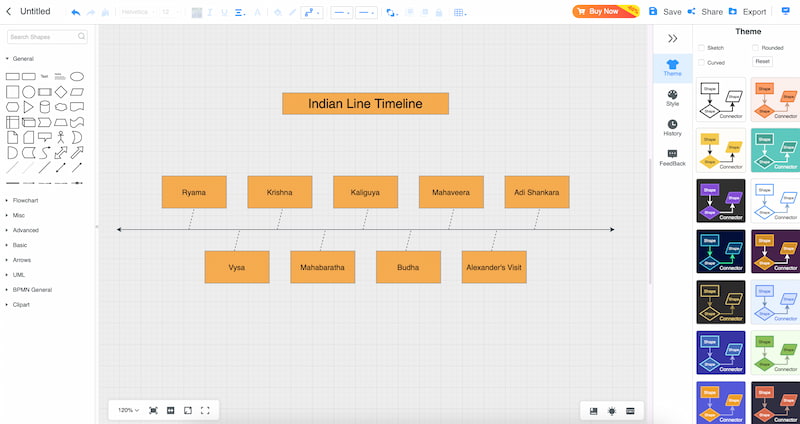
See, the process is very simple and easy to get done. That is the power of MindOnMap. Indeed, Its features and accessibility are very helpful to every user.
Part 4.FAQs about Indian History Timeline
What is the age of Indian history?
Eventually, between 75,000 and 35,000 years ago, different bands made their way into India. Although this interpretation is debatable, archeological evidence has been interpreted to imply that anatomically, modern humans existed in the Indian subcontinent between 78,000 and 74,000 years ago.
Who was the first person to live in India?
Homo erectus, who came to India from Africa, is referred to be an early human in India. Anatomically, modern humans arrived in India in numerous waves of early migrations over tens of thousands of years.
Who is Indian history's father?
Few names stand out as clearly in the dark corners of history as that of Megasthenes, a Greek diplomat and historian from the fourth century BCE. He is rightfully hailed as the Father of Indian History for his extraordinary descriptions of ancient India while serving as a diplomat in King Chandragupta Maurya's court.
Which nation dominated India?
The British government's May 16, 1946, report, which suggested the establishment of an interim administration in India to draft a constitution as part of a process by which India would become independent of Great Britain, marked the start of the official process that resulted in Indian independence.
Why the British left India?
British Prime Minister Clement Attlee declared in front of Parliament that British rule in India would end a date not later than June 1948 because the British government was finding it more and more difficult to handle what appeared to be a constantly worsening political situation.
Conclusion
We had magnified details about the rich history of the Indian Timeline. We can show their current status with cultural and political aspects. In addition, we get to know about their people and leaders. All of these details are easily presented. Good thing we have great tools like MindOnMap, one of the best timeline makers nowadays. It helps us create flow and timelines with great visuals easily. Indeed, MindOnMap is a useful tool for many fields, like academics and professional fields.










